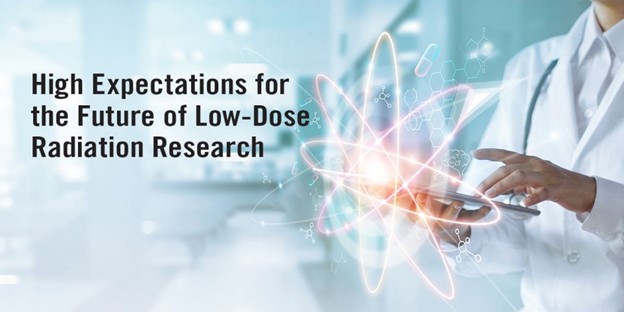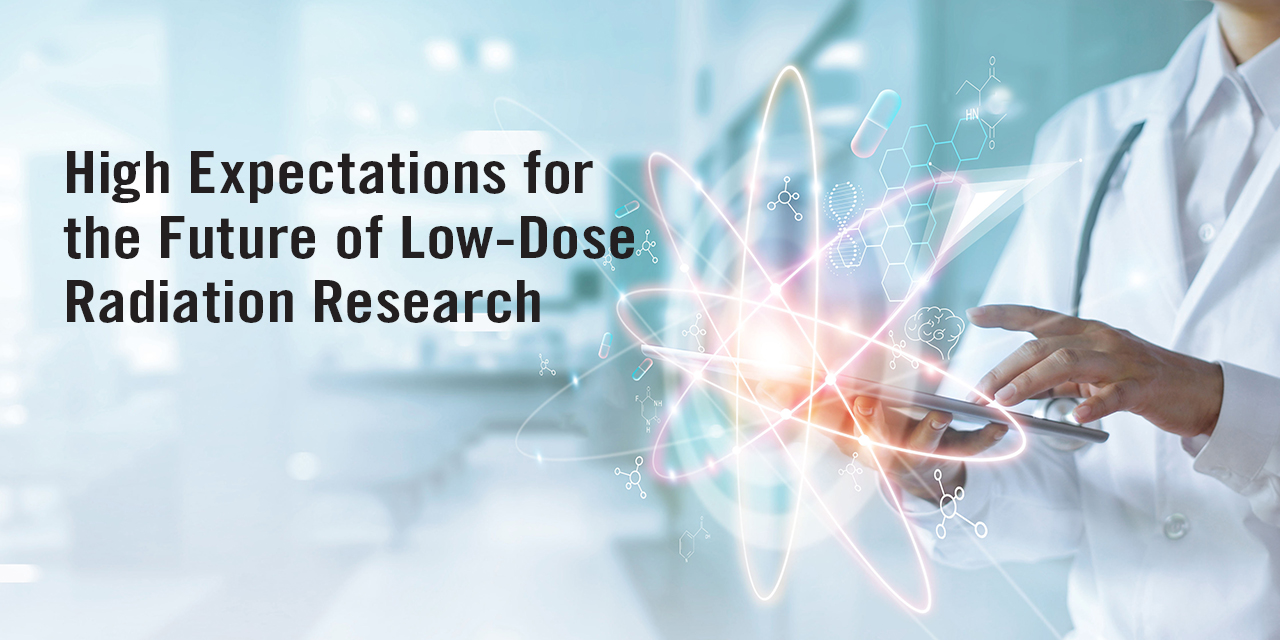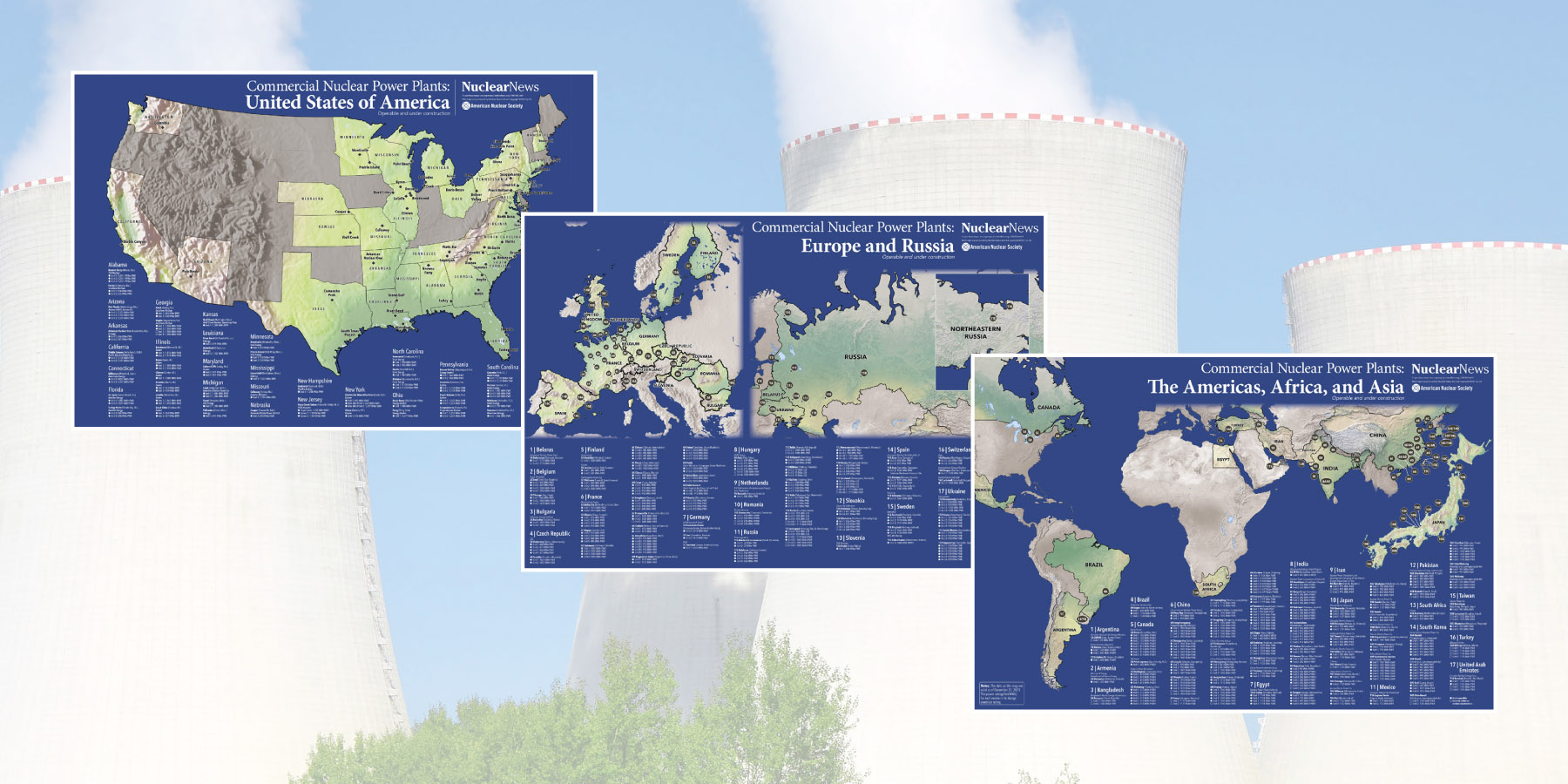Tiara Carrasquillo Pérez (far left) and Matt Hageman (far right) are pictured with five other WISE interns and FMR Gil Brown (center front).
For the first time since 2019, student interns were welcomed to Washington, D.C., for the summer to participate in the Washington Internships for Students of Engineering (WISE) program. Among them were two students sponsored by ANS—Tiara Carrasquillo Pérez and Matt Hageman.
This landscape speckled with glittering stars is the edge of a nearby, young, star-forming region called NGC 3324 in the Carina Nebula. Captured in infrared light by NASA’s new James Webb Space Telescope, this image reveals for the first time previously invisible areas of star birth. (Photo: NASA)
ANS’s August 4 online event “The New Space Race is Going Nuclear” featured several expert panelists who discussed the growing importance of nuclear technologies in space commercialization and exploration. Although nuclear energy has long played a role in space missions, participants discussed the latest exciting developments in the space nuclear field and presented their views on how increased application of nuclear technologies could fundamentally transform the ways in which both crewed and uncrewed space missions are carried out.
Boise State University students visiting the site of the first nuclear-generated electricity in 1951 at EBR-I. (Photo: BSU)
Earlier this month, the ANS Board of Directors approved the creation of two new student sections—Reed College in Portland, Ore., and Boise State University in Boise, Idaho.
ANS’s student sections represent the next generation of nuclear—they are critical to the Society’s goal of aiding the next generation in their pursuit of advancing, fostering, and promoting the development and application of nuclear sciences and technologies for the benefit of humankind. Student sections provide students with the knowledge, tools, and opportunities required to achieve success in or out of the nuclear field.




 At the recent ANS Annual Meeting, Andrew Klein, past ANS president (2016–2017), professor emeritus of nuclear science and engineering at Oregon State University, and the current editor of ANS’s journal Nuclear Technology, announced his retirement at the end of his term in June 2023. ANS is looking for qualified members who are interested in becoming the next technical editor of the journal. The selected person will be appointed “editor-designate” and will work with Dr. Klein for a period of time before taking over the full editor’s role.
At the recent ANS Annual Meeting, Andrew Klein, past ANS president (2016–2017), professor emeritus of nuclear science and engineering at Oregon State University, and the current editor of ANS’s journal Nuclear Technology, announced his retirement at the end of his term in June 2023. ANS is looking for qualified members who are interested in becoming the next technical editor of the journal. The selected person will be appointed “editor-designate” and will work with Dr. Klein for a period of time before taking over the full editor’s role.










